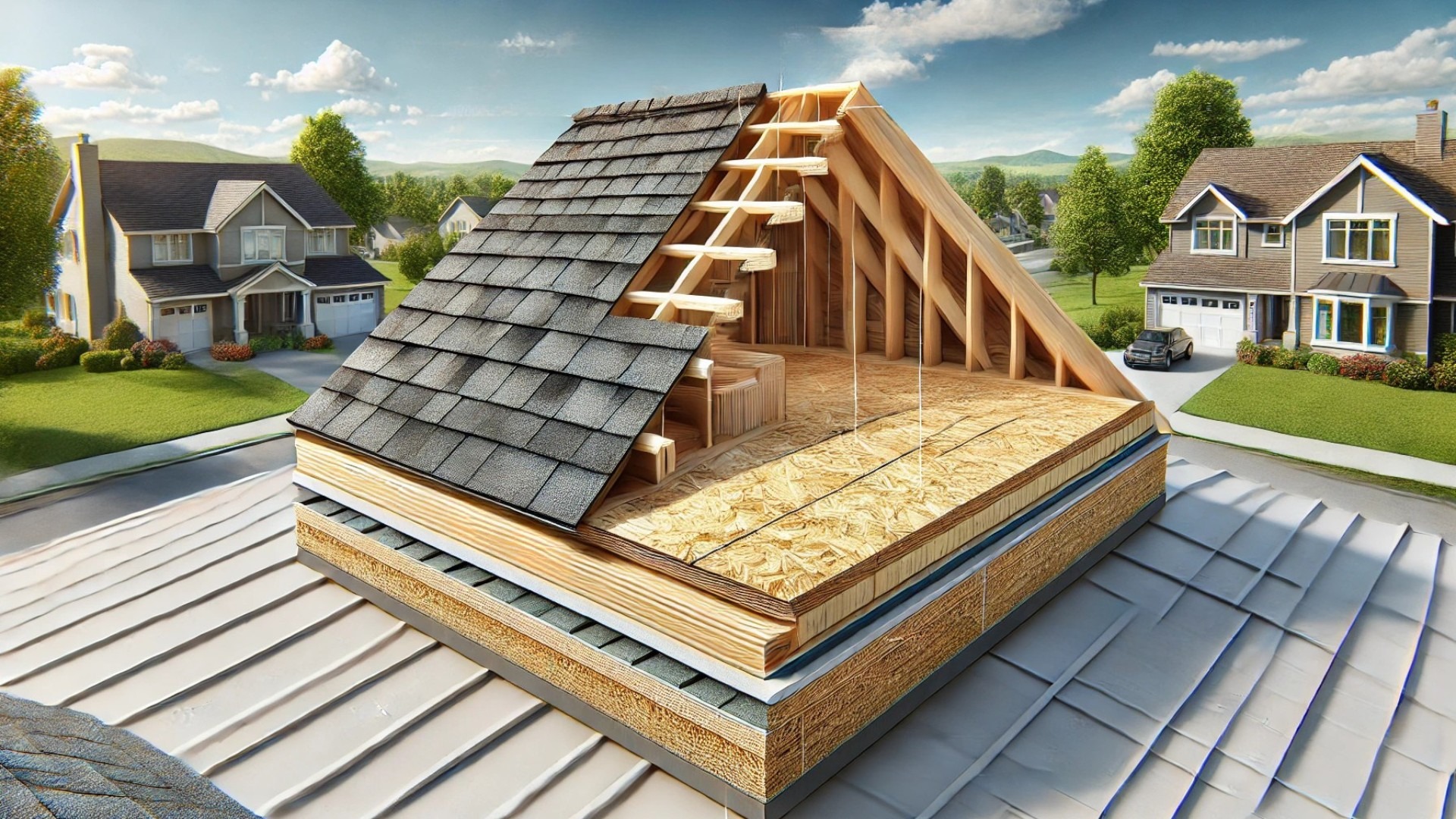
Understanding Your Roofing Options: Plywood vs. OSB
Your roof is your home’s first line of defense, but what underpins that shield? Beneath the shingles lies an essential layer known as roof sheathing. A critical component, this layer not only supports the roofing materials but also ensures that the entire roofing system functions well. When it comes to choosing this material, homeowners and builders often face a choice: plywood or oriented strand board (OSB).
The Basics: What Are Plywood and OSB?
To make an informed decision, it's essential to understand both materials. Plywood is created from thin wood veneers glued together, configured in alternating grain patterns through a process called cross-lamination. This construction equips plywood with remarkable dimensional stability and strength across various conditions.
On the other hand, OSB features compressed wood strands, oriented and bonded using waterproof resins. Seen as a cost-effective alternative to plywood, OSB has steadily gained popularity in modern construction, all while adhering to the necessary building code standards.
Cost Considerations: Which Material Is Easier on Your Wallet?
When it comes to budget-friendliness, OSB generally takes the lead due to its lower price point. This characteristic makes it an appealing option for those looking to minimize expenses, especially on large-scale roofing projects where sheathing could cover expansive areas. However, while OSB can translate to immediate savings, its long-term value is debatable. Plywood, with a higher upfront cost, can last longer in adverse conditions, potentially saving homeowners from costly repairs in the future.
Moisture Resistance: Navigating the Water Woes
Moisture management is a key concern in roof durability, and in this area, plywood often outperforms OSB. Due to its layered design, plywood dries more effectively after getting wet, reducing the risk of permanent damage from swelling or warping. Thus, it’s generally recommended for regions that experience heavy rainfall or humidity.
Though OSB can be a reliable choice when properly installed with good ventilation, it is more prone to moisture absorption, particularly at the edges. Once soaked, it’s slower to dry and may not regain its original form, raising questions about its long-term viability in moisture-prone environments.
Strength and Durability: The Backbone of Your Roof
Plywood is widely recognized for its strength, significantly holding up across longer spans, an important feature for roofing structures. Alternatively, while OSB has shown durability, it might not match plywood's robustness in various conditions. Assessing your specific local climate and the characteristics of your home can guide your material choice.
Making the Right Choice for Your Home
Ultimately, the decision between plywood and OSB for roof sheathing hinges on several factors: your budget, the climate, and the type of roofing system you envision. Both materials serve essential roles, but understanding their differences can help ensure your roof protects everything that matters to you.
It’s wise to research your options thoroughly. Engaging with reliable suppliers and comparing products can yield the best outcome for your home renovation or build.
 Add Row
Add Row  Add
Add 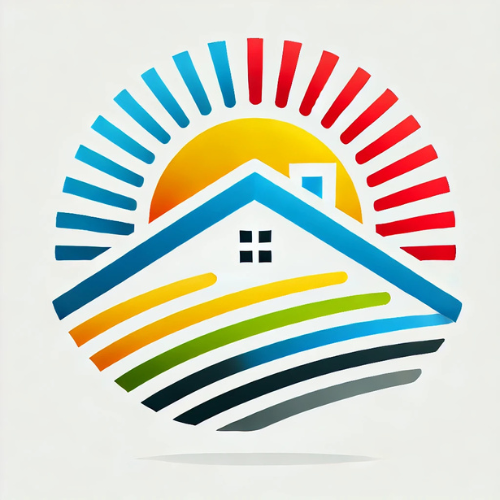

 Add Row
Add Row  Add Element
Add Element 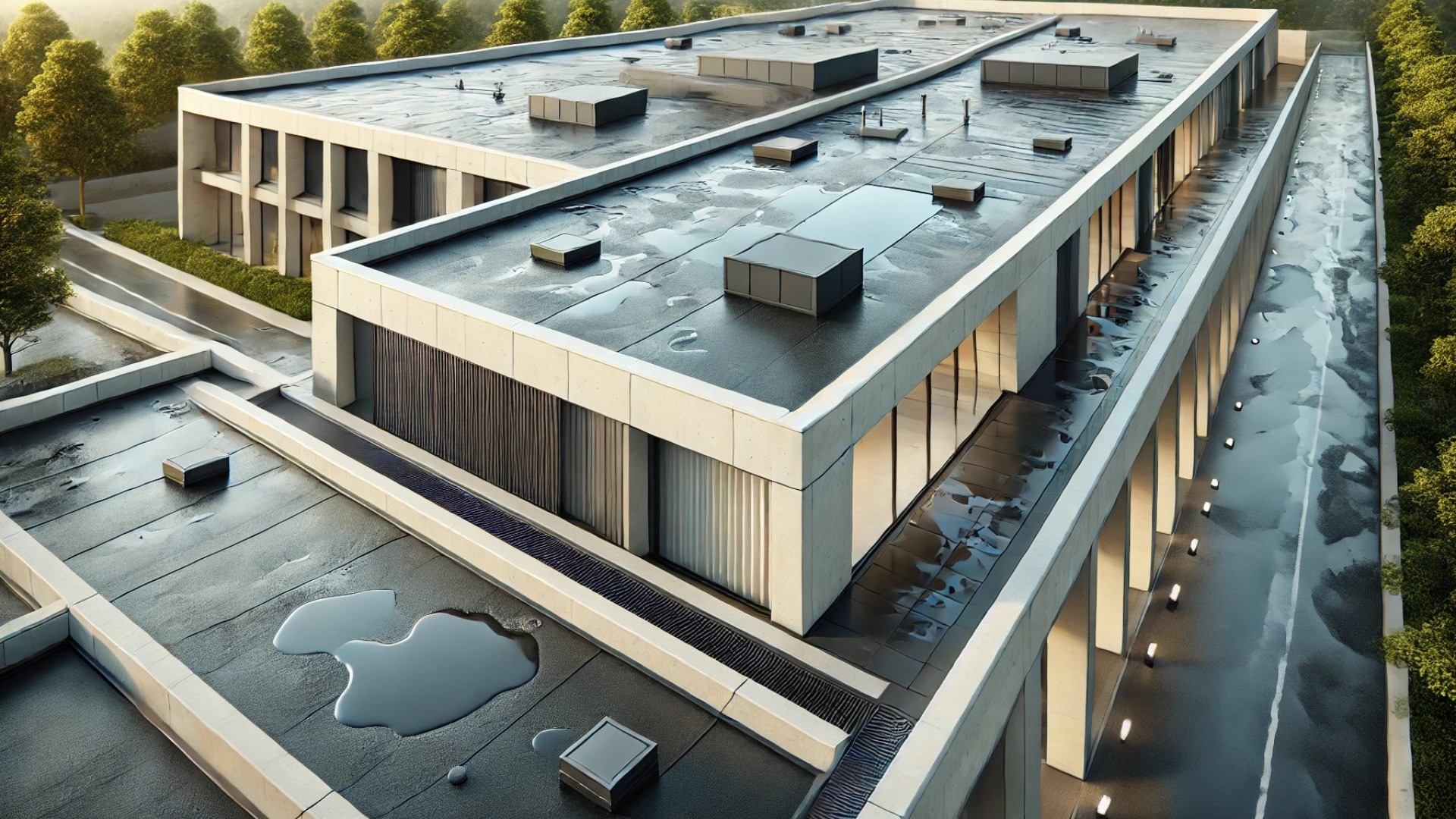
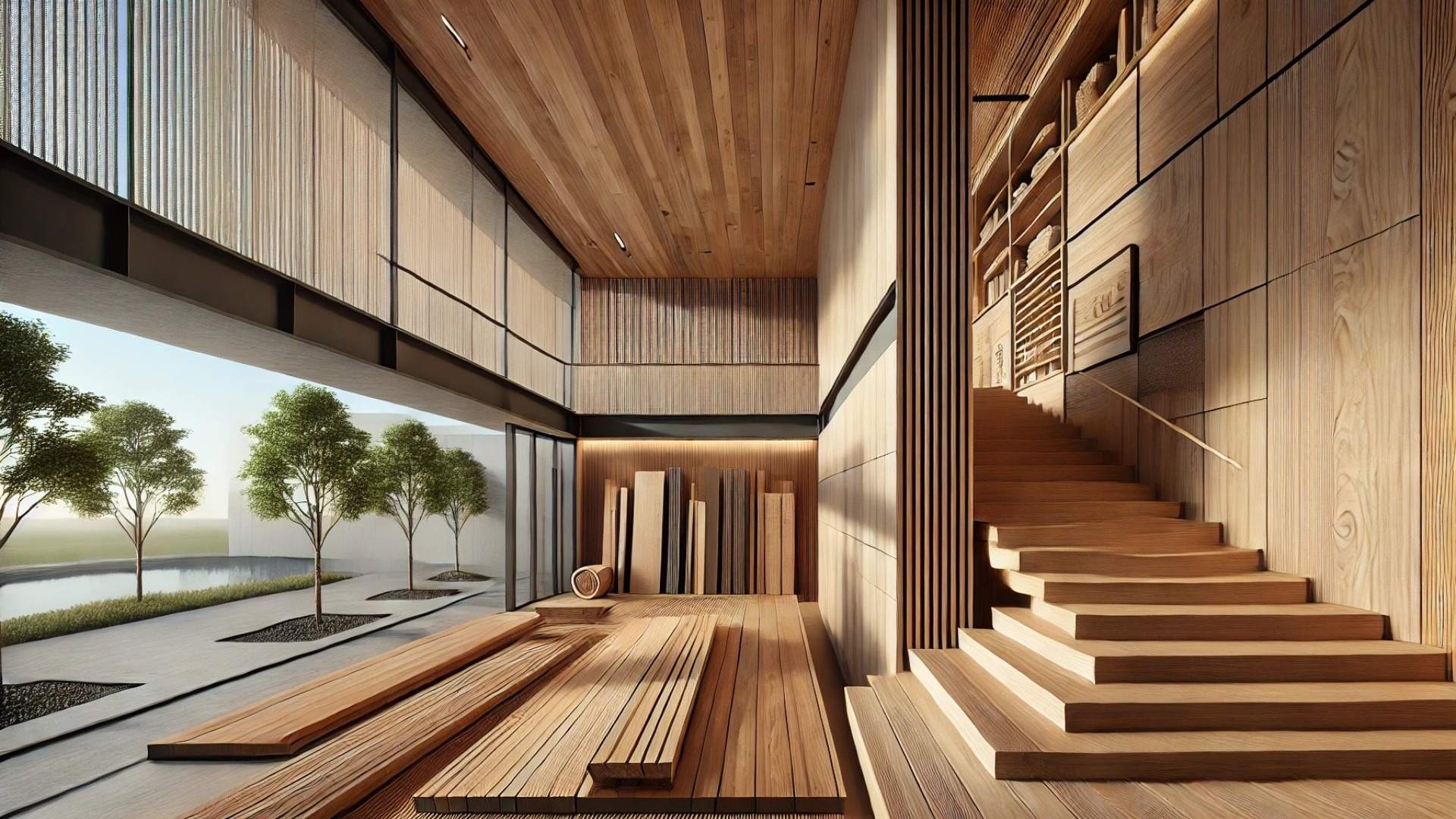
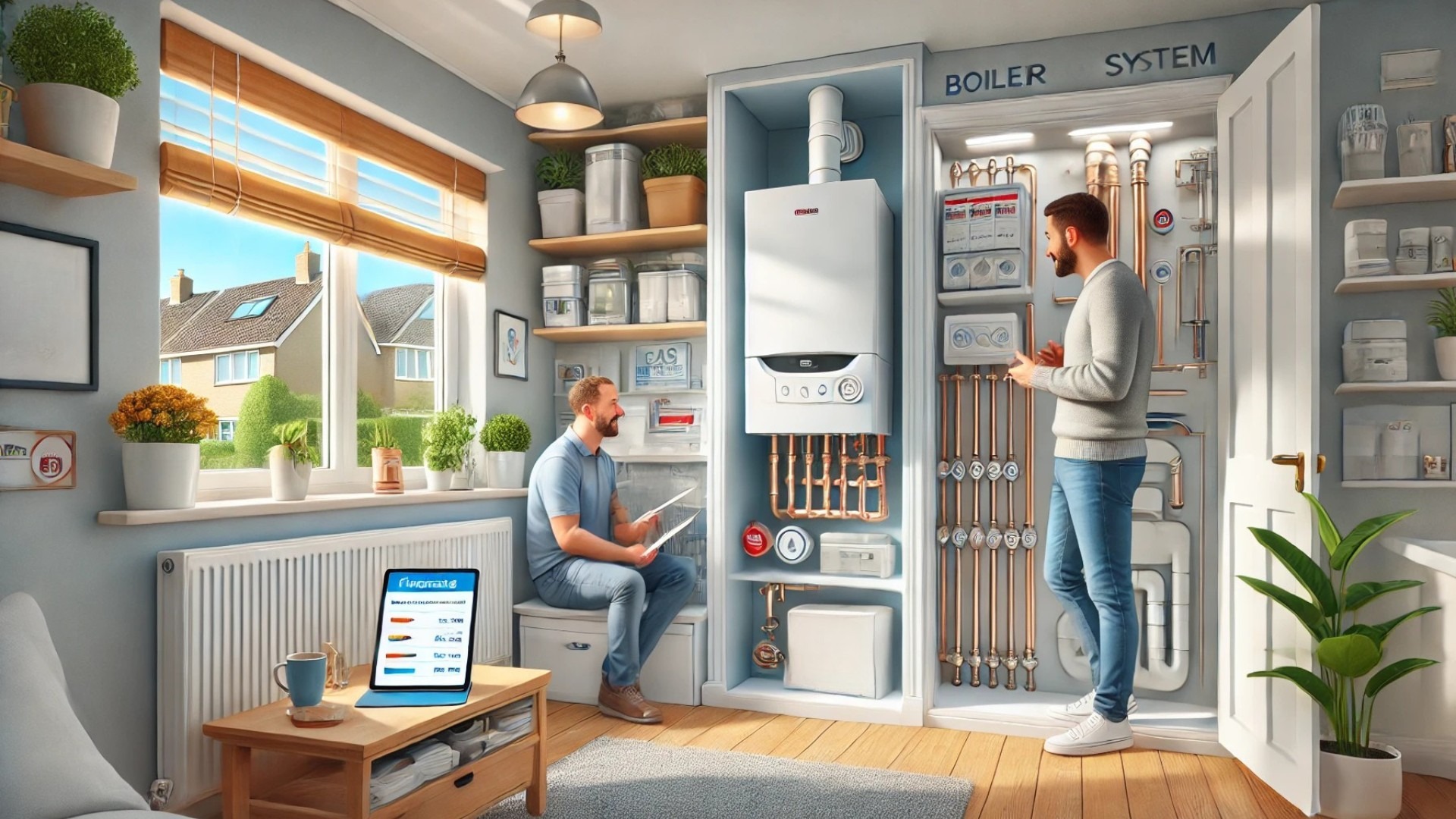


Write A Comment